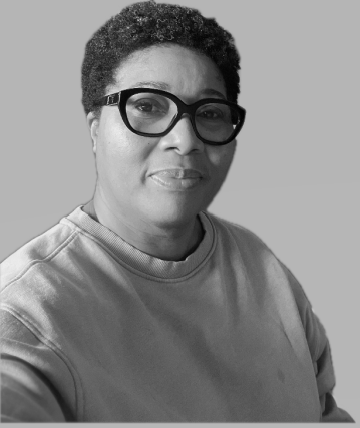Calculating Values using Control Accounts (Edexcel IGCSE Accounting): Revision Note
Calculating Values using Control Accounts
How can I use a ledger account to find a missing value?
If you are missing just one value from an account then you can find it
STEP 1
Draw up the ledger accountSTEP 2
Fill in the known valuesSTEP 3
Find the balancing figure for the accountThis is the missing value
What information can I find using a trade receivables ledger control account?
You can use a trade receivables ledger control account to find the following information:
The trade receivables balance at the start of the financial year
The trade receivables balance at the end of the financial year
Credit sales
Credit sales returns
Receipts from trade receivables during the year
Discount allowed to trade receivables
Irrecoverable debts written off

Examiner Tips and Tricks
Exam questions commonly ask you to find the value of the credit sales.
Credit sales
= closing trade receivables
- opening trade receivables
+ payments from credit customers
+ cash discounts allowed
+ credit sales returns
+ irrecoverable debts written off
+ contra entries
- interested charged to credit customers
What information can I find using a trade payables ledger control account?
You can use a trade payables ledger control account to find the following information:
The trade payables balance at the start of the financial year
The trade payables balance at the end of the financial year
Credit purchases
Credit purchases returns
Payments to trade payables during the year
Discount received from trade payables

Examiner Tips and Tricks
Exam questions commonly ask you to find the value of the credit purchases.
Credit purchases
= closing trade payables
- opening trade payables
+ payments to credit suppliers
+ cash discounts received
+ credit purchases returns
+ contra entries
- interested charged by credit suppliers
What information can I find using a cash book?
You can use a cash book to find the following information:
Amounts paid by the business
Cash purchases
Expenses
Payments to trade payables
Drawings
Amounts received by the business
Cash sales
Income
Receipts from trade receivables
Capital introduced

Examiner Tips and Tricks
Remember sales and purchases can be made on a credit or cash basis.
Total sales = Credit sales + Cash sales
Total purchases = Credit purchases + Cash purchases
Worked Example
Mini is a sole trader who does not keep full accounting records. Mini provided the following information.
| 1 January 2023 $ | 31 December 2023 $ |
Shop fittings | 9 000 | 9 000 |
Inventory | 35 600 | 39 800 |
Trade receivables | 19 200 | 18 400 |
Bank | 6 000 | 9 600 |
Trade payables | 20 800 | 16 000 |
Expenses owing | 300 | 420 |
Receipts and payment summary for the year ended 31 December 2023:
| $ |
Receipts from trade receivables | 117 500 |
Payments to trade payables | 72 600 |
Drawings | 33 500 |
General expenses | 30 600 |
Purchase of shop fittings | 3 000 |
Cash sales | 38 000 |
Cash purchases | 12 200 |
No cash discount was allowed or received during the year.
Prepare the trading section of the income statement for Mini for the year ended 31 December 2023.
Answer
Find the credit sales by using a trade receivables ledger control account. The credit sales will be the balancing figure.
Date | Details | $ | Date | Details | $ |
2023 Jan 1 |
Balance b/d |
19 200 | 2023 Dec 31 |
Bank (receipts) |
117 500 |
Dec 31 | Sales | 116 700 | Dec 31 | Balance c/d | 18 400 |
135 900 | 135 900 | ||||
2024 Jan 1 |
Balance b/d |
18 400 |
Find the total sales by adding the credit sales to the cash sales.
Total sales = $116 700 + $38 000 = $154 700
Find the credit purchases by using a trade payables ledger control account. The credit purchases will be the balancing figure.
Date | Details | $ | Date | Details | $ |
2023 Dec 31 |
Bank (payments) |
72 600 | 2023 Jan 1 | Balance b/d |
20 800 |
Dec 31 | Balance c/d | 16 000 | Dec 31 | Purchases | 67 800 |
88 600 | 88 600 | ||||
2024 Jan 1 |
Balance b/d |
16 000 |
Find the total purchases by adding the credit purchases to the cash purchases.
Total purchases = $67 800 + $12 200 = $80 000
Prepare the trading section of the income statement using the usual format.
Mini Income Statement for the year ended 31 December 2023 | ||
$ | $ | |
Revenue | 154 700 | |
Cost of sales | ||
Opening inventory | 35 600 | |
Purchases | 80 000 | |
Closing inventory | (39 800) | |
(75 800) | ||
Gross profit | 78 900 | |

You've read 0 of your 5 free revision notes this week
Sign up now. It’s free!
Did this page help you?

